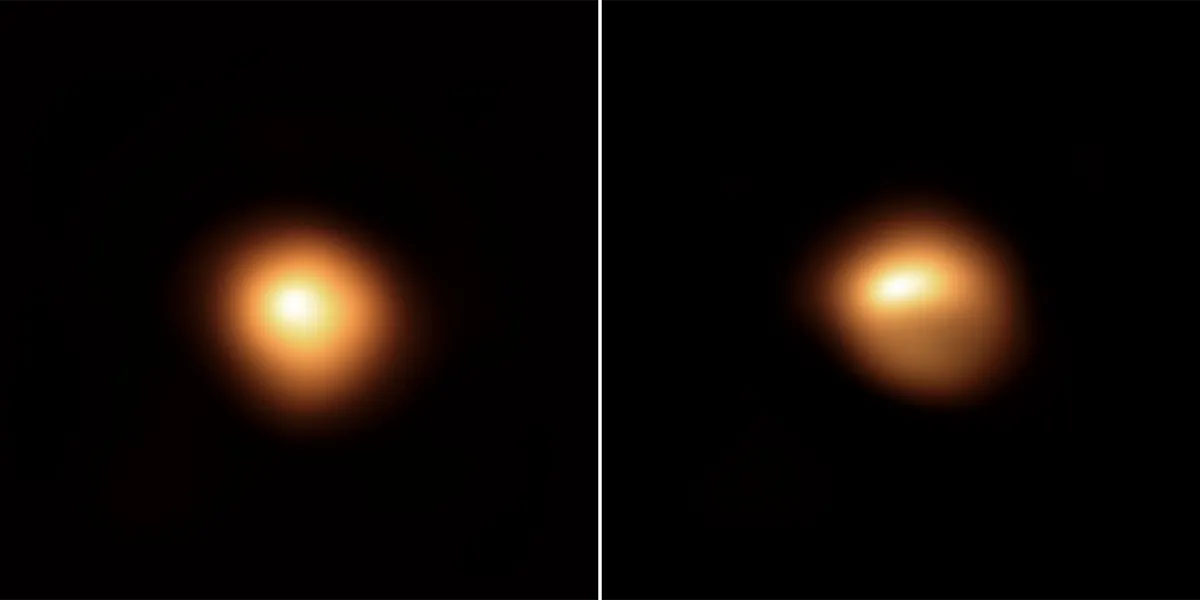Betelgeuse is a red supergiant nearing the end of its lifetime in a supernova explosion, potentially within the next 1,000 years.
The question as to when Betelgeuse will go supernova raises its head in mainstream discourse fairly regularly, on occasions when the star - which forms the left shoulder of the Orion constellation - appears to brighten in the night sky.

A Betelgeuse dimming event occurred between December 2019 and February 2020, and Betelgeuse appeared to brighten by as much as 50% during May and June 2023.
Astronomers have even captured an zoomed-in image of a red supergiant in a distant galaxy: star WOH G64, which was imaged in 2024.
So will a Betelgeuse supernova be dangerous to Earth? And when Betelgeuse does go supernova, will it be so bright that it would be dangerous to observe through a telescope?

At 640 lightyears, Betelgeuse is far enough away not to pose a direct danger to life on Earth, but for weeks it would burn very intensely in the sky; about as bright as the full Moon and easily visible during the day.
This brightness will be concentrated in a point source, rather than across the disc of the full Moon, so yes, Betelgeuse could be dangerous to observe through a telescope at its peak supernova brightness.
But when Betelgeuse goes bang it probably won’t be as bright as the Geminga supernova thought to have occurred about 300,000 years ago (as modern Homo sapiens were emerging).
It was just 550 lightyears away.

